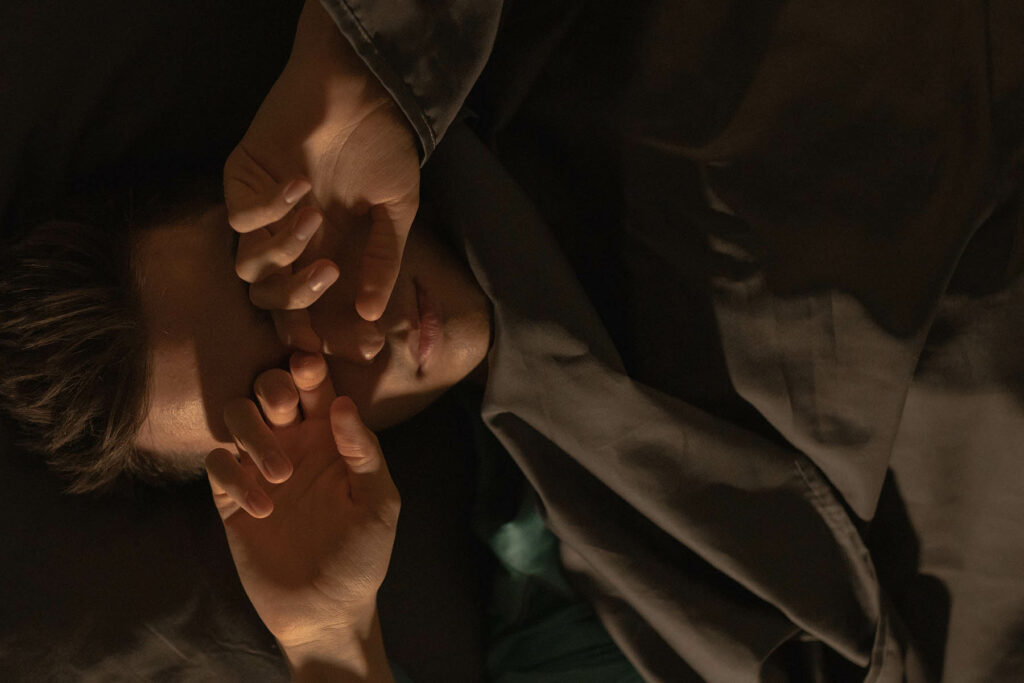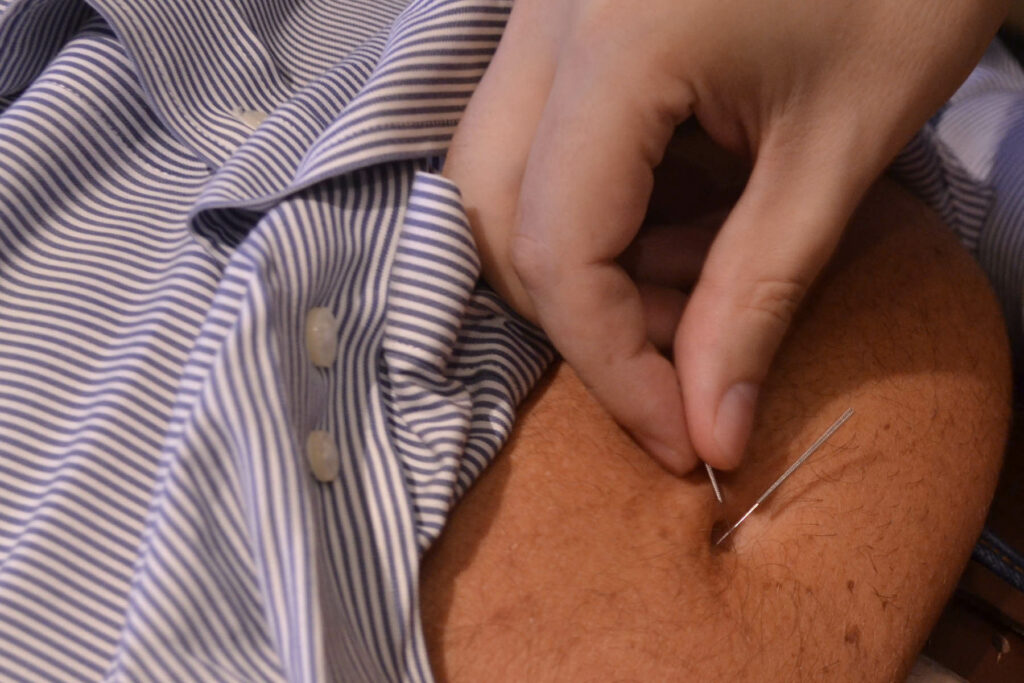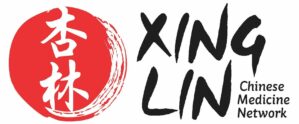This extract is from a study conducted at the KenLi Hospital in ShangDong province, published on June 2, 2009.
Chinese databases present around 90 papers supporting the use of Navel Acupuncture for various ailments.
Translated from Chinese to English by Professor Drago Goicovic

OBJECTIVE
To evaluate the clinical efficacy of navel acupuncture in insomnia.
METHOD
164 patients were randomly divided into a first group for insomnia treatment using navel acupuncture and a second group for traditional acupuncture treatment using the Sishencong, Sanyinjiao, Shenmen points, using a random selection, double-blind controlled method. All people receive treatment for 4 weeks. We observe the total score of the Sleep Quality Index (PSQI) before and after treatment with the total score of the Pittsburgh Sleep Quality Index (PSQI) and the Spitzer as a reference statistical comparison […]. We compare the efficiency of the two methods.
RESULTS
Navel needle not only improves clinical symptoms in patients with insomnia, but it can also improve the total score of the Sleep Quality Index (PSQI), the Spitzer index, and other quality-of-life indicators.
TREATMENT METHOD
Patients in the treatment group were treated with navel acupuncture, using the Kan and Li positions as a base prescription. For stagnation of Liver Qi, Zhen was added, and for Spleen deficiency, Kun was added. After conventional local disinfection, needles 0.22 mm x 25 mm are inserted. The needles are left for 30 minutes.
Acupuncture is performed for 5 consecutive days, then stopped for 2 days, this is a treatment course, preferably from 5 pm to 7 pm, 4 cycles are performed. Patients in the control group were treated with traditional acupuncture using the Sishencong, Sanyinjiao, Shenmen points, using needles 0.22 mm x 50 mm also for 4 cycles of 5 days with 2 day breaks.

RESULTS after 4 weeks of treatment

.
2 months after stopping treatment

CONCLUSIONS
This study was conducted over 4 weeks of treatment and 3 months of follow-up, in two stages, using recognized clinical efficacy evaluation criteria for insomnia and evaluating quality of life with the Spitzer life index to evaluate the efficacy of navel acupuncture treatment. The results suggest that the success rate of the navel acupuncture group after 4 weeks of treatment is higher than the traditional acupuncture group (P<0.05). The improvement in sleep quality, sleep efficiency, daytime function, and total score in the navel acupuncture group was more advantageous than the traditional acupuncture group. In terms of the evaluation of the Spitzer life index, there was a significant improvement in both groups after treatment (P<0.05), but the improvement in the navel acupuncture group was better than the traditional acupuncture group (P<0.05). The evaluation of the life index of treated patients improved significantly compared to the traditional acupuncture group (P<0.05). Therefore, treatment of insomnia with navel acupuncture is a clinically valuable treatment alternative worth promoting.
Full research (Chinese language)
https://bit.ly/3Yhcd5k
